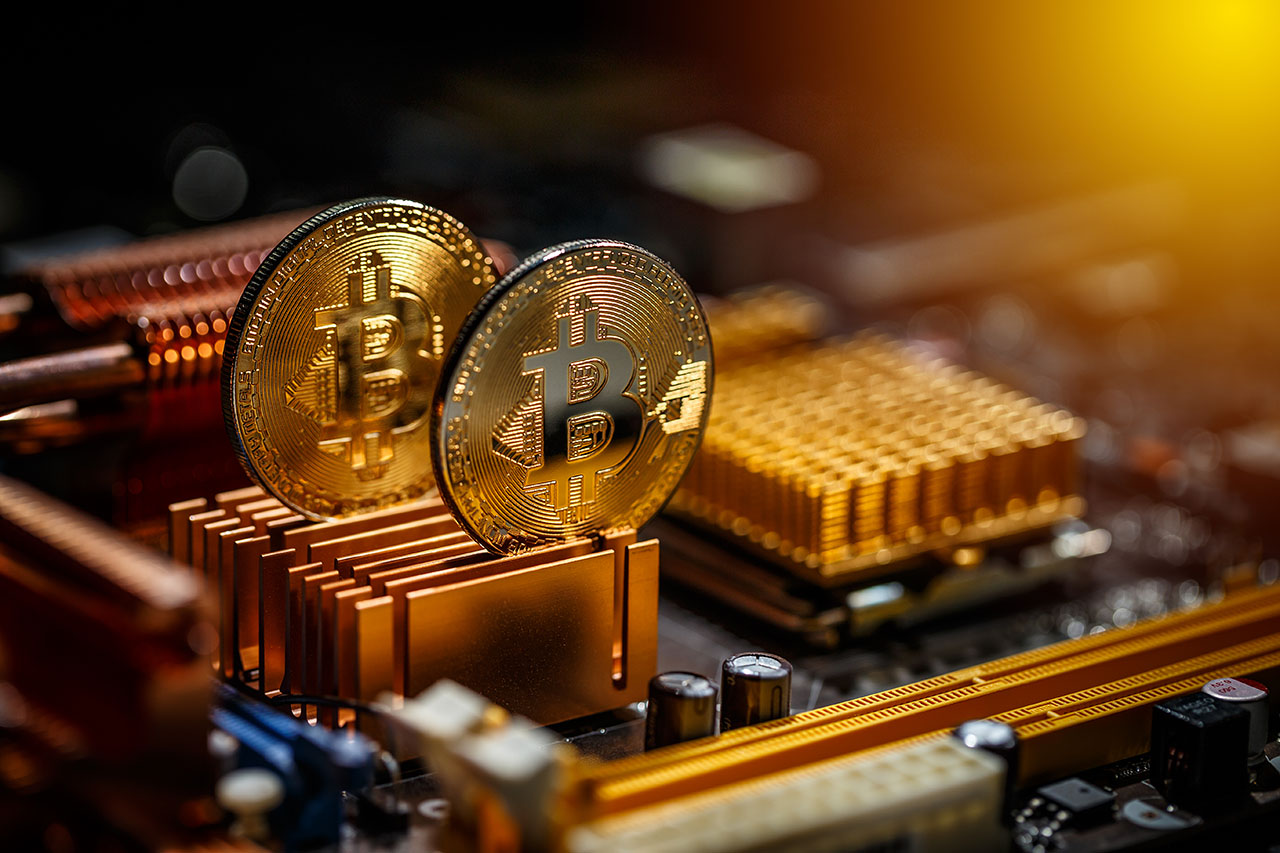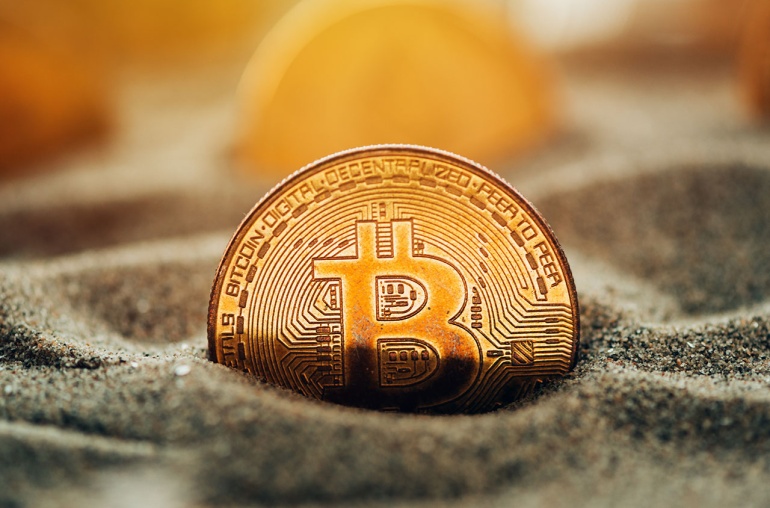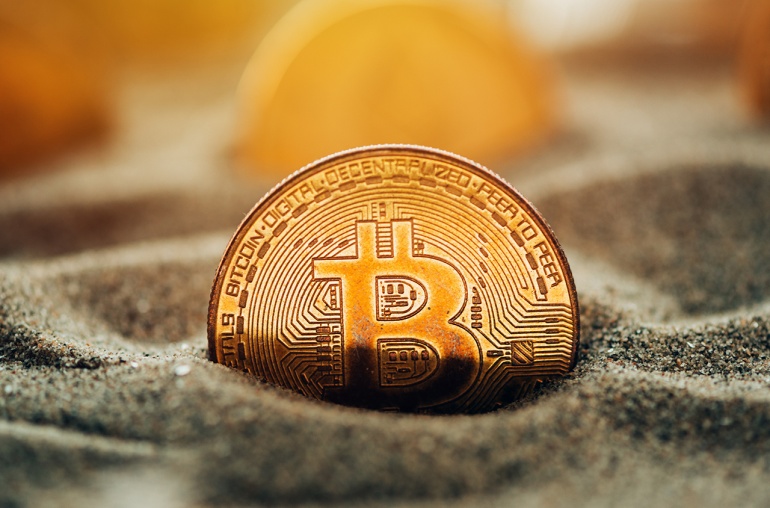Bitcoin was the world’s first cryptocurrency that launched in 2009. The disruptive decentralized finance system sparked by Bitcoin has transformed the future of global finance as we know it. One of the primary concerns many cryptocurrency enthusiasts might have had with a currency that exists entirely in digital form as data was getting a handle on the valuation. After all, if something exists only digitally, making more of it could easily address supply issues. However, without a limit on the number of the token, it could become diluted and lose its charm.
A chief characteristic quality of Bitcoin that made it so famous was the promise of increasing value ensured by a limited overall supply. The anonymous Bitcoin creator who penned the whitepaper that sparked the decentralized revolution, Satoshi Nakamoto, designed the network as digital gold.
By enacting a cap on the total amount of Bitcoins that can ever exist, Satoshi Nakamoto allowed Bitcoin to emulate the limited quantity of physical gold. The total number of Bitcoin that will ever be mined is capped at 21 million tokens. The average time to add a new block of data on Bitcoin’s blockchain network is 10 minutes.
Satoshi Nakamoto took the liberty of ensuring that all the Bitcoin tokens are not mined too quickly. The solution is simple: The total number of Bitcoin minted for every block of data added to the Bitcoin blockchain network is halved after every 210,000 new blocks – roughly after every four years.
Can The Total Number Of Bitcoin Actually Reach 21 Million?
Realistically speaking, it is technically unlikely for the total number of Bitcoin tokens to hit the 21 million mark. The fixed supply embedded by Satoshi Nakamoto to control inflation could make it impossible. Bitcoin’s blockchain network uses mathematical operators that round down a few decimal points to the closest smallest integer.
The bit-shift operators might round down the amount when the reward for producing another Bitcoin block is halved, and the new amount is determined. The mining rewards can be as small as 0.00000001 BTC. It is the smallest denomination of Bitcoin and it is aptly called a Satoshi.
Since a Satoshi is the smallest denomination for Bitcoin, it cannot be halved. The Bitcoin blockchain network is programmed to use bit-shift operators to round down to the nearest whole integer when splitting to deliver a block mining reward.
The Blockchain network’s integrated system to control inflation, in essence, can make it possible to come close to the 21 million mark, but the total number of Bitcoin produced will likely fall slightly short of the in-built cap.
But let’s suppose that the splitting of the Bitcoin does allow for the total number of Bitcoin to reach 21 million realistically. The reduction of new Bitcoin tokens issued as a reward for adding new blocks of data to its blockchain network will not allow the cap to be reached by at least the year 2140. Provided that there are no advancements in genetic science or cryogenic technology in the next few decades, most of the readers right now might not live to see the day it actually happens.
What Will Happen To Bitcoin After It Hits The Cap?
No new Bitcoin will be issued after the total number of tokens in circulation reaches 21 million, or even if it comes very close to the pre-programmed cap. Bitcoin’s blockchain network will still pool all the transactions into blocks of data and keep expanding the blockchain network.
Bitcoin miners will continue to receive rewards for facilitating the blockchain network’s validation requirements. It is likely that by that time, Bitcoin miners will only receive rewards in the form of transaction processing fees – not with newly minted Bitcoin tokens.
The real impact of Bitcoin reaching its cap will depend largely on how the world’s first cryptocurrency develops by 2140. Suppose that Bitcoin is primarily used as a store of value like gold by 2140. In that case, it might be possible for Bitcoin mining to remain profitable by charging higher transaction fees to process high-value transactions.
Suppose that Bitcoin’s blockchain network is still processing several transactions in 2140 because it has become a mainstream transactional currency. In that case, Bitcoin miners might still generate minor profits through transaction fees.
There could be negative implications of Bitcoin’s block rewards ending after the cryptocurrency hits the 21 million cap. Cryptocurrency mining groups might attempt to control global cryptocurrency mining resources to enact more expensive transaction fees – a system Bitcoin was created to disrupt.
Another possible negative impact could be the practice of selfish mining. Cryptocurrency miners engaged in such a practice could decide to delay adding new validated blocks of transactions to Bitcoin’s blockchain network. They can then release the blocks of data later to artificially increase the time it takes for the blockchain network to process transactions, translating to higher transaction fees.
Wrapping It Up

It will take till at least the year 2140 for all the Bitcoin to be mined, thanks to the system integrated to reduce the number of Bitcoin minted for each new block of data added to the blockchain network. The Bitcoin ecosystem and the broader cryptocurrency industry are still in their nascent stages, and they will continue evolving over the next few decades.
Regardless of how the Bitcoin ecosystem develops, the total number of Bitcoin that can be created will never exceed 21 million. Hitting the fabled Bitcoin cap will have the most significant effect on cryptocurrency miners who rely on providing mining as a service to earn Bitcoin. The broader impact on Bitcoin investors could be drastically different once all 21 million Bitcoin enter circulation, depending on Bitcoin’s relevance in the financial system once that happens.
We hope that you found this post discussing what will happen once all 21 million Bitcoin tokens are mined helpful. If you want to learn more, we have plenty in store for you about the cryptocurrency world. Keep checking our blog for more interesting and informative posts on everything about Bitcoin and cryptocurrencies.



